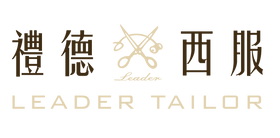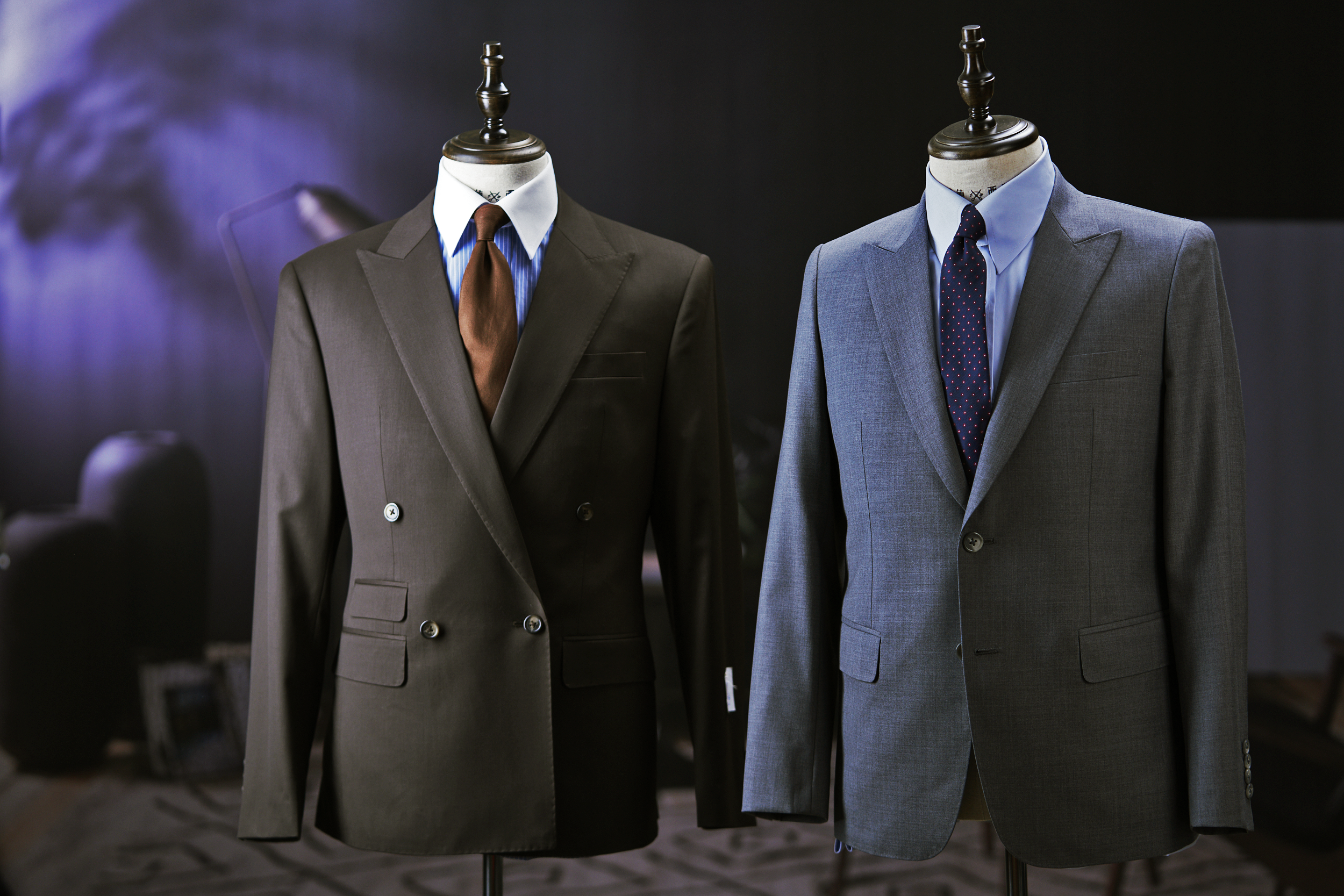High-quality custom suits shouldn’t be limited to important occasions like business events and weddings. A true gentleman knows how to adapt to different situations by using various creative ideas and accessories to suit the occasion.
Continuing from our previous exploration of the necessity of having a high-quality custom suit, today we will discuss the dressing guidelines for such suits, allowing gentlemen to wear their favorite pieces from their wardrobe and attract attention at all times!
★Business Suit Styling
How can you perfectly handle business suit styling? For most professions that require wearing a suit, the goal is to showcase professionalism and composure, instilling a sense of stability and trust in clients. Based on color psychology, we often choose classic colors like black, navy, charcoal gray, and deep brown to convey a calm and professional image.
For the suit fabric, we primarily recommend understated solid colors or subtle pinstripes. Pairing these with creatively chosen accessories and patterns can highlight the taste of the entire suit ensemble through attention to detail.
Both single-breasted and double-breasted options are excellent choices, with the classic feel of double-breasted suits enhancing a gentlemanly presence. Choosing a peak lapel design can make the shoulders appear broader, projecting an extraordinary aura of authority.
In terms of accessories for business suit styling, ties, pocket squares, and long socks are your best companions. Opt for ties with patterns or stripes; beginners are advised to pair them with colors like navy, gray, brown, black, and burgundy. Compared to patterned ties, striped ties convey a more serious and formal vibe, making them better suited for official business attire.
•Recommended Colors:
Black, black stripes, navy, navy stripes, charcoal gray, deep brown suits.
•Suit Cuts:
Single-breasted/double-breasted, peak lapel.
•Accessories:
Solid ties, striped ties, pocket squares, long socks.
★Job Interview Suit Styling**
Whether you are a recent graduate or a seasoned professional, how you dress for an interview is crucial. In Han Molloy's classic work, ‘Dress for Success’, he reveals the philosophy of dressing: "Clothing affects job performance and influences how supervisors and colleagues perceive you."
The fundamental principle of interview suit styling is "keep it simple!" A newcomer to the workforce should choose attire that is appropriate, avoiding overly flashy accessories; a clean and neat look is ideal.
Similar to business suit styling, interview attire should convey stability and maturity. Opt for a dark gray or navy suit, choosing either a solid color or subtle pinstripes.
For the blazer design, a classic single-breasted with two buttons is recommended. Compared to double-breasted styles, single-breasted suits are more suitable for beginners. On the other hand, double-breasted suits require a certain level of confidence to pull off their seriousness and elegance. Additionally, remember that regardless of whether you choose single or double-breasted, you should never button the bottom button of your blazer—this is a major faux pas that interviewers will easily notice.
For newcomers, the recommended colors for interview suits are basic white or blue, as these pair well with ties and present a simple yet professional appearance. A basic collar is suggested, and it should be proportionate to the length of your neck, rising slightly above the suit. The shirt sleeves should extend about an inch beyond the jacket sleeves.
The tie should have a moderate width—not too wide or too narrow. A diagonal stripe pattern is a safe choice, with the tie length falling just above the belt buckle. Dark brown shoes can complement the look.
The safest choice for interview attire is a suit. Regardless of whether the workplace has a casual dress code, you should present your best self during the interview. Beyond substance, your external presentation is the first step in showcasing who you are. With a perfect high-quality custom suit, you can capture the interviewer's interest from the moment you enter. As for the rest, simply demonstrate your qualities as a gentleman, and job opportunities will surely come your way.
•Recommended Colors: Navy, dark gray.
•Suit Cuts: Single-breasted.
•Accessories: Solid tie, solid long socks, white shirt.
★Casual Suit Styling Mix and Match**
The key to casual suit styling is to unleash your creativity. You can achieve this by pairing the suit jacket with various combinations.
The most beginner-friendly way to style a casual suit is by mixing in sneakers to create a relaxed and street-inspired look, avoiding a rigid and overly serious vibe. A perfect pair of white sneakers will be your best companion.
You can also forgo the traditional shirt and tie. During the hot summer months, consider wearing a solid-colored T-shirt instead. In the cold winter, a turtleneck sweater can be a fantastic fashion piece for casual suit styling.
For beginners, choosing linen or casual suit fabrics to mix with jeans or wide-legged pants is a great tip. Pairing with eye-catching pocket squares, bold-colored ties, and belts can help eliminate the formal feel, introducing a strong sense of other styling vibes.
•Recommended Suits: Bright-colored suits, linen materials.
•Suit Cuts: Single-breasted.
•Accessories: T-shirts, patterned ties, belts, sneakers, casual shoes.
★Summary
Custom suit styling can be applied in countless situations. By understanding the unique features of each suit's cut and using different accessories and color combinations, you can wear your beloved custom suit beautifully in any context.




